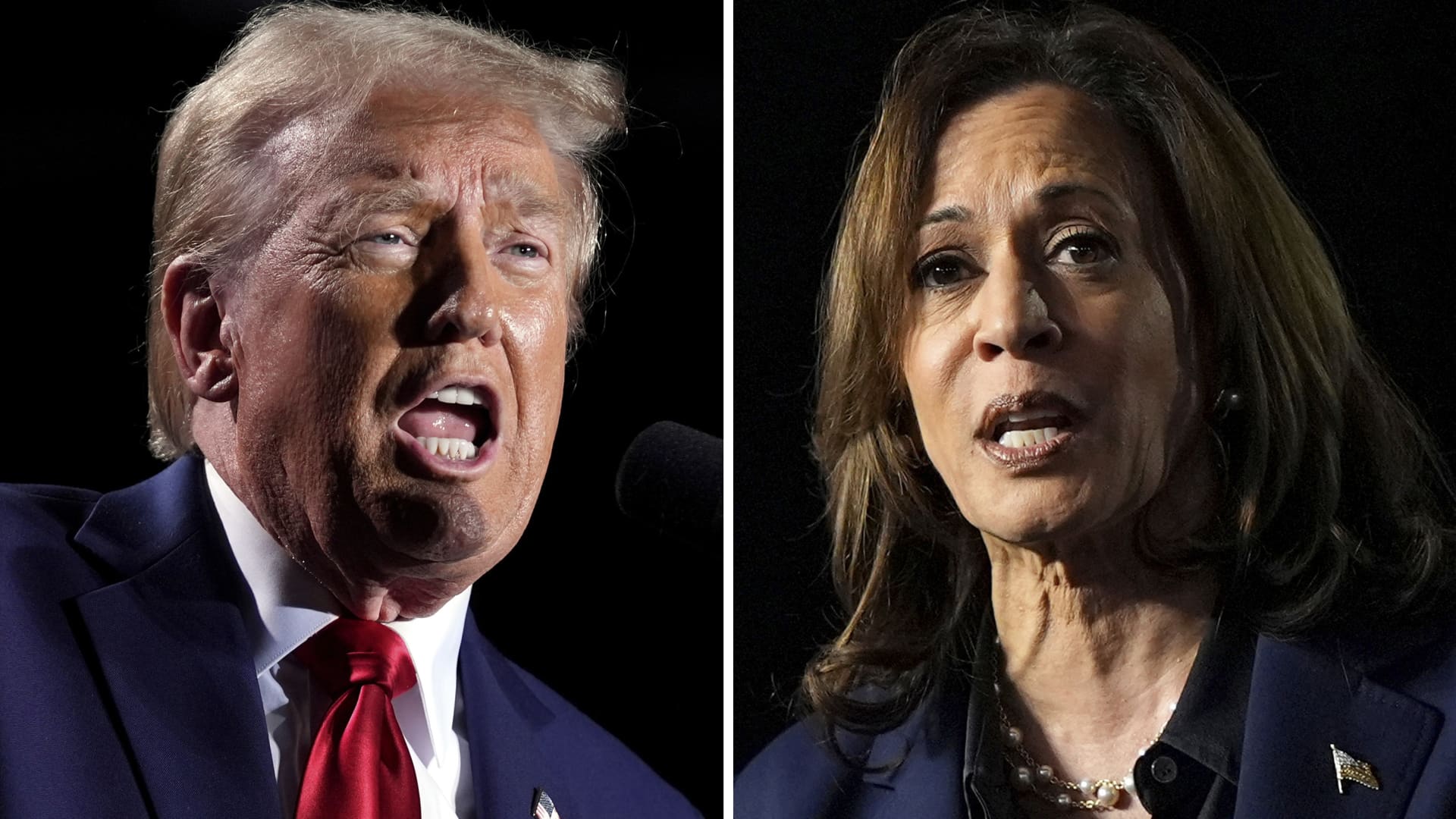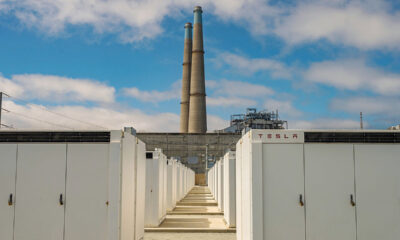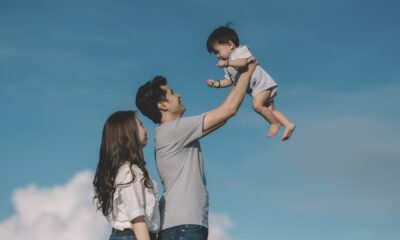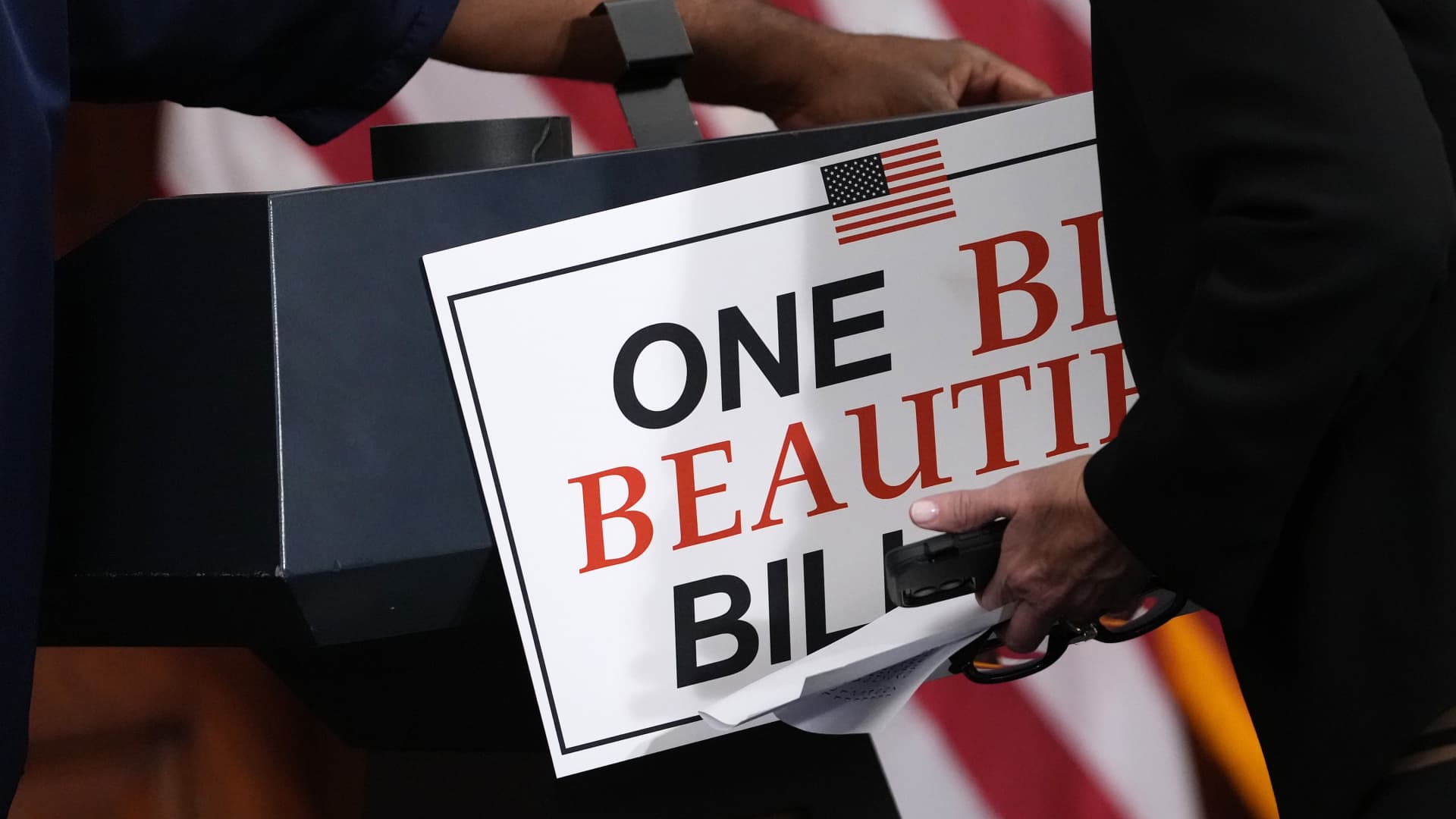Klaus Vedfelt | Digitalvision | Getty Images
Earlier this spring, consumers were feeling good about their summer vacation prospects. More people were planning to take a trip compared to last year, and summer travel budgets were up, too, according to a new report from Deloitte.
But just a few weeks later — after President Donald Trump announced widescale tariffs and the stock market dropped precipitously, bubbling up recession fears — some would-be vacationers abruptly scaled back their spending plans, a second round of the survey found.
About 53% of respondents plan to take leisure vacations this summer, up from 48% in 2024, according to a new report by Deloitte.
We still see a strong summer travel season, but perhaps with a more frugal approach.
Kate Ferrara
the transportation, hospitality and services sector leader at Deloitte
The report is based on two surveys: one was conducted between March 26 and April 1, 2025, and another between April 7 and April 9. The first survey reached 1,794 travelers and 2,132 non-travelers while the second reached 1,064 travelers and 880 non-travelers.
Initially, Deloitte found, the average summer travel budget was set to grow 21% year over year, to $4,967. In the second round of the survey, travelers expected to spend just 13% more than last year, or about $4,606.
When looking at budgets for their longest trip of the season, respondents initially planned to spend an average $3,987, 13% more than 2024. That anticipated budget declined to $3,471 in the second poll, an increase of less than 1% from a year ago.
More from Personal Finance:
Trade tensions drive consumers to cut back
Student loan borrowers brace for wage garnishment
House Republican tax bill favors the rich — how much they stand to gain, and why
Deloitte conducted a second poll because the firm noticed “softness” in consumer spending across other areas of their research, said Kate Ferrara, the transportation, hospitality and services sector leader at Deloitte.
“We still see a strong summer travel season, but perhaps with a more frugal approach,” said Ferrara.
Travel costs are down
Broadly, travel costs have declined, which may help travelers looking to stretch their budget. Hotel room rates are down 2.4% from a year ago, according to a recent report by NerdWallet. Rental car costs are also down 2.1% in that same timeframe, while airfares are down 7.9%.
Round-trip domestic airfare for this summer is averaging $265 per ticket, according to the 2025 summer outlook by Hopper, a travel site. That’s down 3% from $274 in 2024 and down 8% since 2019, the lowest level in three years.
Travel costs for international travel are generally down, said Hayley Berg, the lead economist at Hopper. The average round-trip airfare between the U.S. and Europe, the most popular international destination, costs $850 per ticket this summer, down 8% from 2024, Hopper found.
In spite of slightly lower prices for travel, people are generally spending more due to inflation, and might have less leftover money to spend on non-essential items like travel, said Deloitte’s Ferrara.
‘The root of all of our hacks’
Of those who reduced their summer travel budgets, 34% of respondents plan to cut back on their in-destination spending activity, such as food or paid guided excursions, Deloitte found. About 30% plan to stay with family and friends instead of paying for lodging, and 21% chose to drive instead of flying to their destination.
You can also save money this summer if you can be flexible with things like when you take the time off, your destination, what you do while you’re there and your mode of transportation, experts say.
“The root of all of our hacks for saving this summer is flexibility,” said Berg.
Airfare tends to spike or be higher during federal holiday weekends like the Fourth of July and Labor Day, Hopper found. This year, prices on these weekends will be about 34% higher compared to other weekends.
Instead of flying in the middle of the summer, consider delaying trips toward the end of the season, in late August or even early September, Berg said. Both price and travel demand will typically drop off by then as the new school year starts and employees go back to regular work schedules, she said.
What’s more, flying in the middle of the week can help save as much as 20% on airfare, per the site’s report.
Traveling on a Tuesday or Wednesday can also help vacationers save about $67 on a round trip domestic flight this summer, Hopper found. That flexibility can help travelers save over $100 on international trips to Europe or Asia.


 Accounting1 week ago
Accounting1 week ago
 Personal Finance1 week ago
Personal Finance1 week ago
 Accounting1 week ago
Accounting1 week ago
 Finance1 week ago
Finance1 week ago
 Economics1 week ago
Economics1 week ago
 Economics1 week ago
Economics1 week ago
 Economics1 week ago
Economics1 week ago
 Personal Finance1 week ago
Personal Finance1 week ago











